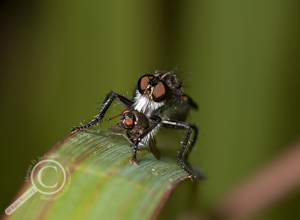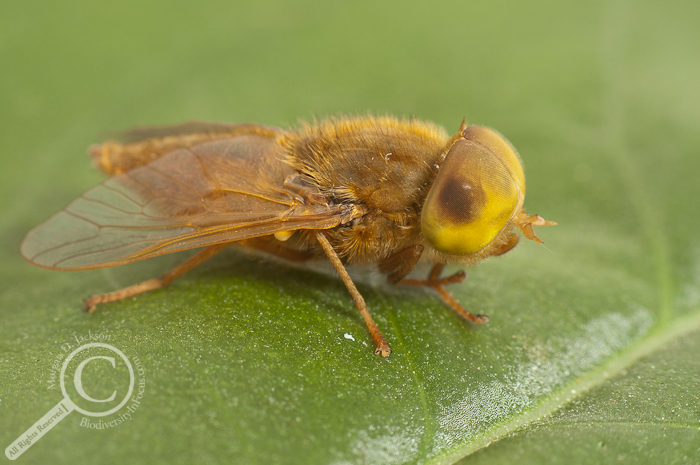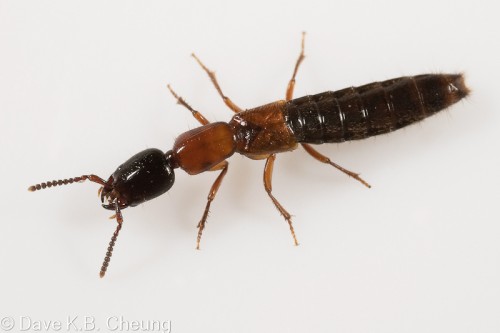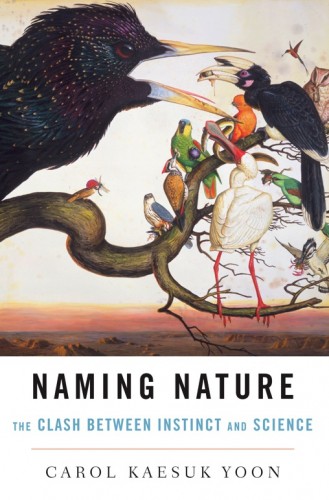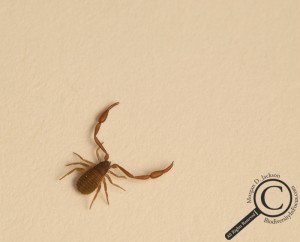Thought I’d pass along this golden egg, the Entomological Society of Canada has recently been given permission to scan and publish all 3 volumes of the Manual of Nearctic Diptera on their website, and it’s 100% free! The “Manual”, as it’s referred to, is as close to a Bible for North American dipterists as you can get, and includes keys to all* the genera of flies found north of Mexico! It’s been out of print for awhile now and bound copies are hard to come by (I just recently received a full like-new set this winter, and I’ve been searching for 4 years), which makes a digital (and searchable) version a real plus!
Here’s a quick breakdown of what’s in each richly illustrated volume:
Vol. 1 – Morphology and Terminology (great reference), Key to Families (adults and larvae), Keys to genera for all Nematocera (Culicidae – mosquitoes, Tipulidae – crane flies, Simuliidae – black flies, etc) and Orthorrhapha (Stratiomyidae – soldier flies, Tabanidae – deer and horse flies, Asilidae – robber flies, Bombyliidae – bee flies, Empididae – dance flies, etc)
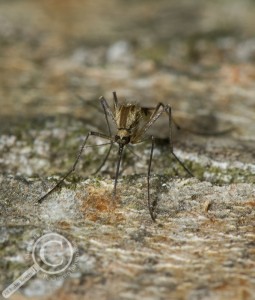
Time to start ID'ing my Nematocerans, like this Mosquito (Culicidae)
Vol. 2 – Keys to genera for each of the following; Aschiza (Syrphidae – flower flies, Phoridae – scuttle flies, Pipunculidae – big-headed flies, etc), Calyptratae (Muscidae – house flies, Calliphoridae – blowflies, Tachinidae, Sarcophagidae – flesh flies), and most importantly the Acalyptratae (Micropezidae – stilt-legged flies, Tephritidae – fruit flies, Drosophilidae – vinegar flies, Sphaeroceridae – lesser dung flies, Ephydridae – shore flies, etc)
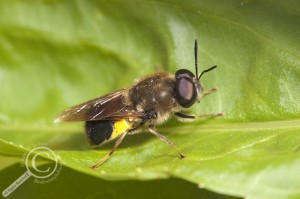
Soldier flies (Stratiomyidae) are your's to discover, like this Stratiomys adelpha
Vol. 3 – Phylogeny and classification of the Diptera
You can download your copy of the Manual here, and while you’re there check out some of the other titles that have been made available as well, including most of the Canadian Handbook Series, detailing some of the major insect and spider groups found in Canada! Thanks to the folks at Agriculture and Agri-Food Canada and the Canadian National Collection of Insects, Spiders, and Nematodes, and the Entomological Society of Canada for making this possible!
* – all genera as of the late 1980’s that is, there have been a few changes since then, but this will still give you a great headstart


